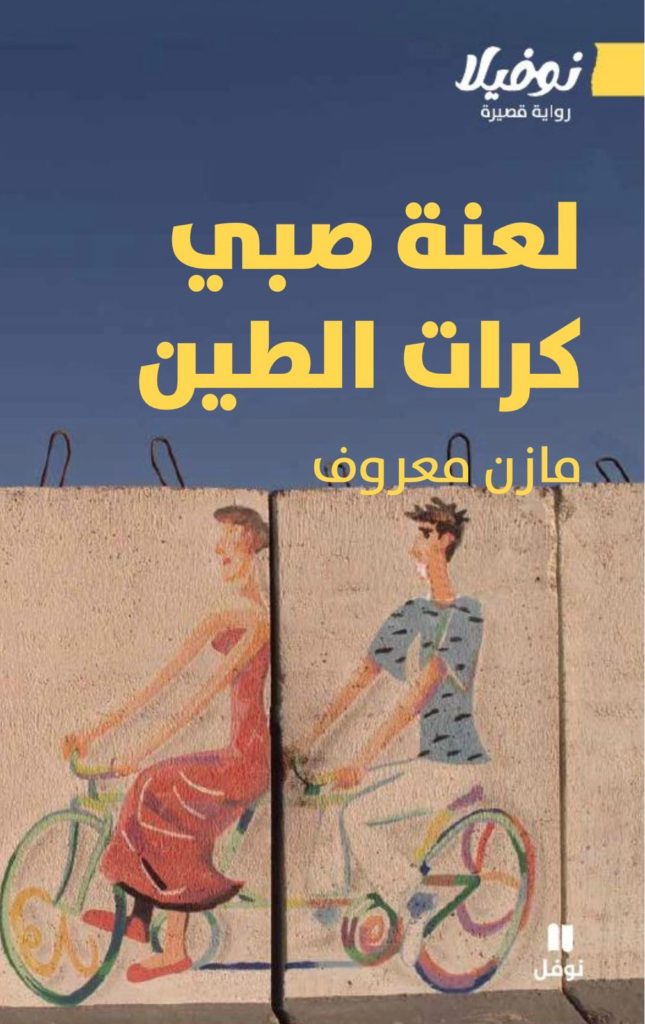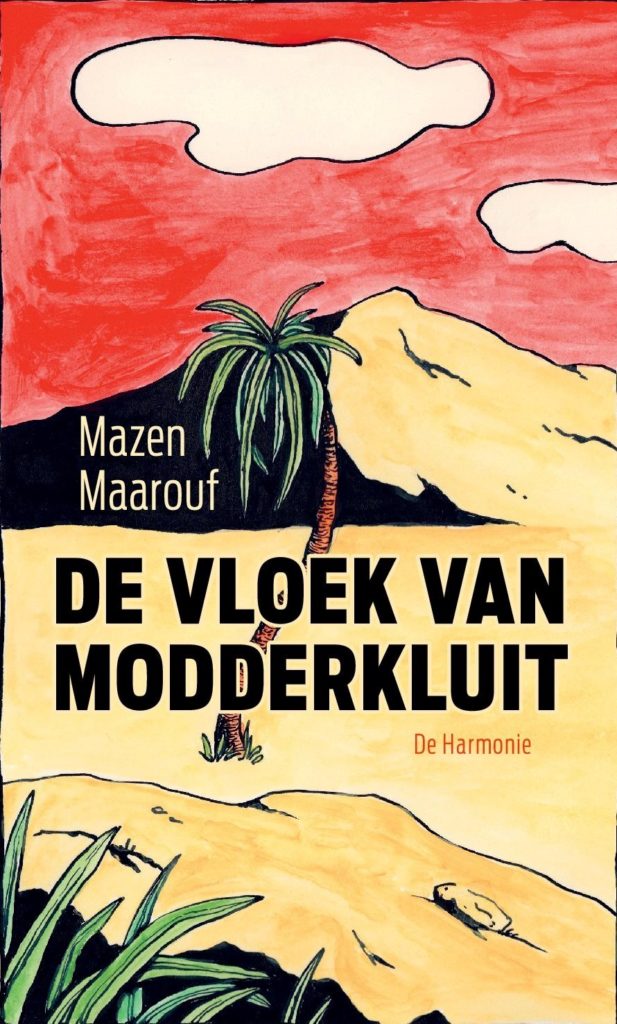
A novella of great power and portent. The Mud Ball Kid is considered ‘the last Palestinian’. He has a unique resistance to the genocidal bio-weapon which kills all Palestinians in 2037. His immunity arises from his capacity to store the cells of the dying Palestinians as pure energy: ‘this meant that on my death, I would release massive amounts of energy.’ The Mud Ball Kid is contained in a glass cube designed to prevent his death, but the cube proves ineffectual and the energy emissions transform into the spectral figures of dead Palestinians, who move among the living Israelis. Drawing a contrast between the sophisticated, futuristic biopower of the state of Israel and the dehumanising physical suffering the narrator endures, Maarouf’s story emphasises the extreme violence of managed debilitation.
‘This story has the queasy combination of childlike naïveté, historical surrealism, and intense violence that can be found in much of Maarouf’s work. Set 100 years after the Nakba, or the 1948 mass expulsion of Palestinians, the story — despite its surreal futurity — has many elements common with other contemporary Palestinian stories: sneaking past the Wall; the keeping of memory; performativity; the removal of Palestinian names; being cut off from one’s land and produce; and secret love.’ Arab Lit

‘Mazen Marouf retains the imagination of a poet in his prose. He set out to express time, identity, and human psychology with three poetry collections, followed by a collection of short stories, in which he did not shy away from the dark truth, but rather toyed with it, and imagined life with a surrealist brush. And here he is continuing his surrealist work in this novella… Mazen Marouf’s imaginative language is a language that hammers nails into meaning, deliberately creating a different visual writing. Mazen Marouf is also a visual artist, the ghosts of his drawings appear in his writings, and everywhere in this novel there are ghosts in which he fills our gaps, drawing them in his own way… Mazen Marouf’s ghosts are real characters, children of his works as well, he transforms them into a fixed paper that is anti-death, and in his writings there is always a child who tells of the war from the place that hurts him… Milan Kundera says in his novel “Ignorance”: “The more time we leave behind us, the more irresistible the voice that urges us to return becomes.” And here is Marouf, who lived his childhood in Beirut and currently resides in Iceland, and whose works have been translated into many languages, always returning to the children of Palestine and the children of the camps of Lebanon in his works with their oppressed and honest tone, and he knows that through his writings their voices will reach the West, after most of the Arab world has reached ignorance and human emptiness…’ Al Araby
‘To write about an issue that is the most present in our lives, through a cartoon world that blends weirdness and humour like never before in all that we have read, this is how Mazen Maroof brings children into the world of adults, and inoculates facts, big or small, with types of vaccines never known before... A novella that brings together as many worlds as in a much longer one. It is written from the imagination of an addiction to reading children’s magazines and books, those who insist on believing what they read but, at the same time, are amused by it. In other words, the readers find themselves content to return to their childhood fantasy, even if they have to transform their fantasies into realty, extracted from the symbolism that surrounds them. This may lead them to think that everything they read must store a symbol, just like the small wall with which the novella begins. Which, as in the novella, will be replaced by a much larger wall. The reader must look for the real underneath the fictional in order to know why the story moves in this direction and not in another.… Between the lines, or beneath the lines, the conflict over Palestine is followed, starting with the history of the first wall separating houses, not neighbourhoods. In every description of an incident narrated in the novella, there is a symbol to be questioned, whether it exists or is assumed to exist. In the last two chapters of the book, the appearance of symbols becomes more explicit as we find ourselves in front of lines that can be traced back to a real-life event.’ Hassan Daoud in Quds Arabi
‘With today’s knowledge, some passages are downright poignant, especially when the first person describes himself as the last Palestinian: “When I went outside to collect cigarette butts, the streets were full of corpses and there was a horrible stench.”’ De Volkskrant
‘Oh, my. Just… oh my. One part science fiction, two parts surrealism, with a blithe disregard for anything so basic as laws of nature. It was unapologetic in its oddness, and every page was a turner.’ SFF Reviews
‘A riotous yet sad ghost story of sorts, populated with memorable characters and a plot involving robomicrobes, energy that can move between living beings, and the stolen imaginations of children.’ Sabotage Reviews
‘Mazen Maarouf uses fantasy and symbolic imagery to embody a deeper message, purpose, and idea that, as the reading progresses, becomes a mirror of a sad, tragic and heartbreaking reality. The Curse of the Mud Ball Kid is a smart, creative short novel rich in style, language, ideas and symbolism, and the best of starts to the novella series launched by Dar Nawfal/Hachette Antoine.’ Arabic Independent
Sales
- De Harmonie NL
- Hachette Antoine Lebanon Arabic
- Penerbit Anagram Indonesia
- Abbreviated version published in Comma Press UK anthology ‘Palestine +100’
- CV Pustaka Anagram Indonesia
- Screaming Books Denmark
Material: English, Arabic and Dutch text (80pp)